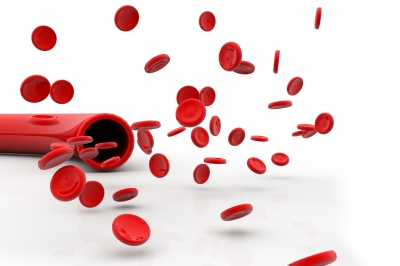veins treatments
Varicose Veins Are A Medical Condition That Needs To Be Treated
Why should people seek treatment for varicose veins? There are several reasons people seek help for varicose veins including the pain they cause and the unsightly look of them. But, if not treated these abnormal veins can lead to health problems such as blood clots, skin cancers, ulcerated skin, and venous eczema. Because of the modern treatments that don't leave scarring and are less painful, more people are seeking varicose veins treatments.
What Are Varicose Veins?
There are several varieties of varicose veins including spider veins, leg ulcers, and varicose veins. Varicose veins are commonly found in a person's legs and are knobby, twisted veins that are distended with accumulated blood and can be a bluish color. Varicose veins are due to faulty valves inside the veins that cause blood to pool instead of circulating the way it should. Spider veins are a smaller version of varicose veins and they can be located in the legs or the face. These veins are red or blue in color and are closer to the skin's surface looking like spider webs or tree branches.

Why Do People Get Varicose Veins?
These abnormal veins can run in families with more women suffering with them than men. Hormonal changes during puberty, pregnancy, or menopause can contribute to the development of varicose veins. Some lifestyle factors that can cause varicose veins are obesity, too little exercise, being immobile for long periods of time like being bedridden, and standing or sitting for long stretches of time.
Treating Varicose Veins
There are varicose veins treatments that do not require hospital stays and do not leave scarring. They include sclerotherapy procedures such as Direct Vision Sclerotherapy and Ultrasound-Guided Sclerotherapy. These treatments involve injecting special solutions into veins to make them collapse and be absorbed by the body. Radiofrequency Ablation or RFA uses thermal heat to damage veins so they close and collapse and are absorbed. EVLA or Endovenous Laser Ablation involves using ultrasound guidance to place a laser fiber into the affected vein through a very small incision. As the laser fiber moves along the vein it produces a reaction that causes the treated section to collapse and start to be absorbed by the body. For more serious visible varicose veins, the phlebologist may perform an Ambulatory Phlebectomy. A doppler ultrasound device is used to detect abnormal veins so they can be removed in small sections with a series of very small punctures along the vein. For more varicose veins treatments information, visit the website.